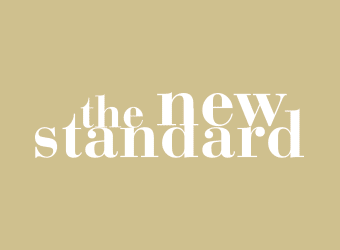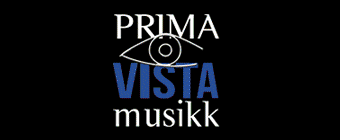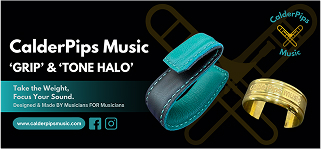Concerns have been raised by Stephen Wick, Chairperson of Denis Wick Ltd, following the announcement that the European Union is considering placing further restrictions on the use of lead in the manufacture of brass — a core component of instrument and mouthpiece making.
Restrict use
In an article written for the Music Industry Association (MIA) website he has responded to the news that the EU, through REACH (registration, evaluation, authorisation and restriction of chemicals), wishes to restrict its use due to its effects on the environment, those who work and process it, and those that may ingest it through use of products.
Lead is deemed a Substance of Very High Concern (SVHC) with the proposed new regulations covering these areas.
Research has shown that it can have adverse effects on fertility and on the development of children, whilst exposure to high levels may cause anaemia, weakness, kidney and brain damage. Very high lead exposure can even cause death.
One million tonnes
Stephen Wick highlighted that the EU currently imports and manufactures over one million metric tonnes of lead every year, the vast majority of which is used in industrial applications from car batteries and glass making to numerous other products. It also includes the alloys of copper from which brass instruments are made.
In the article he states that there is an obvious need to control what he calls "this potentially dangerous substance."
However, he also believes that any new regulations should only be brought in after a period of extensive consultation.
Unaffordable
He wrote: "The EU is considering making companies who use lead to register for permission to use it. If this becomes necessary, the registration fee may be potentially unaffordable for many small firms using alloys such as brass.
There is also a danger that in the process of registering, the authorities would simply withhold permission to register, based on their opinion that lead-free alternatives are readily available."
He added: "This might make sense for certain products but try explaining that to a brass player who has to adapt to an instrument made out of lead-free brass.
Brass containing small amounts of lead (normally about 2%-3%) has been used for centuries for making brass instruments, and the alternatives do not have the same tonal properties, so brass players would not be happy to be told that they have to seek out some new material for their instruments in the future."
Brass containing small amounts of lead (normally about 2%-3%) has been used for centuries for making brass instruments, and the alternatives do not have the same tonal propertiesStephen Wick
Unsuitable
Stephen Wick continued: "Lead-free brass is also largely unsuitable for manufacturing brass instruments as it lacks the malleability needed for processes such as turning and spinning.
If we accept that the very small amounts of lead contained in brass present no danger to the players of brass instruments (absorption rates from playing a brass instrument have been shown to be negligible) then it is important to register this fact with REACH (in the EU) and UK REACH (in the UK) and to make sure that musical instruments made from brass or containing brass are exempted from any potential legislation.
It would be sensible if any alloy containing less than 4% lead should also be exempted, as it currently is, in order to ensure a continued supply of these materials."
Working together
4BR understands that the MIA is working with CAFIM and EMIA in Europe to ensure that manufacturers are not suddenly faced with new regulations that could have a negative impact on many musicians.
Currently the decision on new REACH regulations for lead have been postponed with further details due in the near future.



















